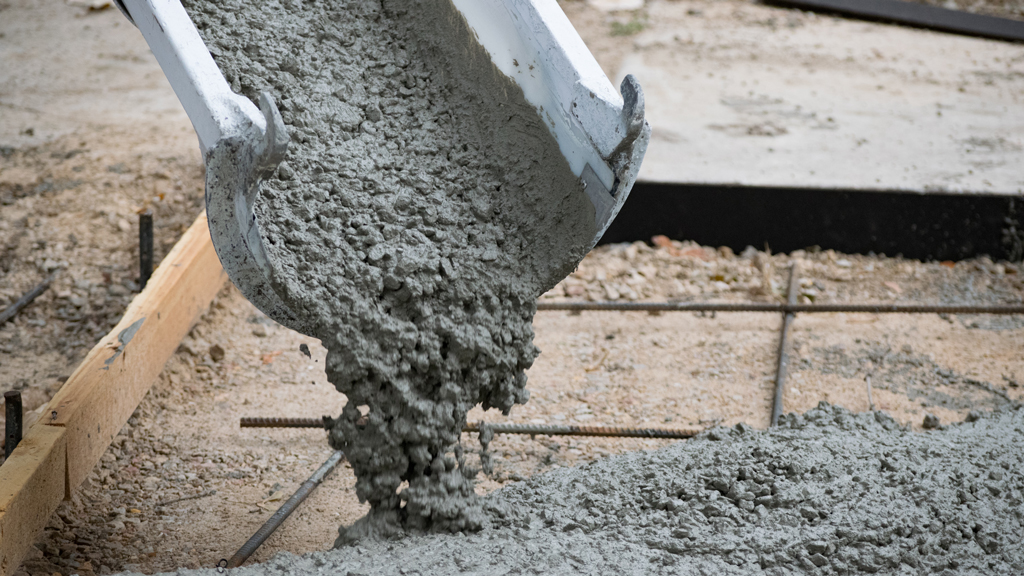A pioneering new study is set to get underway that will determine the feasibility of constructing a full-scale carbon capture and storage (CCS) facility project at the Lehigh cement plant in Edmonton.
If the project ultimately leads to commercial development, it will be the first North American installation of post-combustion capture in the cement manufacturing industry.
“This could be a blueprint for the cement manufacturing industry as well as potentially other industries, so the findings here will be applicable across the cement industry and could help accelerate the adoption of carbon capture in Alberta and hopefully outside of Alberta as well,” explains Mark Summers, executive director of technology and innovation at Emissions Reduction Alberta (ERA), an agency that supports economic growth by investing in solutions aimed at reducing greenhouse gases (GHG).
The study will encompass engineering designs, cost estimation and a fulsome business case analysis of the venture.
Lehigh is partnering on the study with the International CCS Knowledge Centre, which was started by BHP and SaskPower with a mandate to advance the global understanding and deployment of large-scale CCS to reduce global GHG emissions. ERA is investing $1.4 million into the project. The agency uses proceeds from the carbon price that is paid by emitters.
The study will target the feasibility of capturing the majority of the carbon dioxide (CO2) from the flue gas of Lehigh’s cement plant.
“While this project with Lehigh is at a relatively early stage of development, why it’s important to us and why we’re interested in it is that it’s identified as an opportunity with high strategic value,” explains Summers.
The study will target a 90-to-95-per cent CO2 capture rate. The project will work with the foundational learnings from the Boundary Dam 3 (BD3) CCS Facility in Saskatchewan – a world first in full-scale CCS from a coal-fired power plant.
The Knowledge Centre will provide the experience needed to implement and optimize the operation of large-scale CCS. The lessons are based on those learned from both the fully-integrated BD3 and their work to reduce cost and risk through the advancement of second-generation CCS.
Summers says the project is important because cement manufacturing is an energy-intensive process that requires a lot of heat to convert limestone or calcium carbonate ultimately into cement. CO2 emitted from limestone conversion remains an unaddressed challenge.
The majority of emissions come from chemical reactions, so carbon capture is one of the only viable options to address those emissions. Deployment of CCS is the only viable approach available to the company to meet its 2029 GHG-reduction target.
Summers says Lehigh is well aware of the deadline and teamed up with the Knowledge Centre because it has experience with the BD3 facility. ERA funding for the project was announced at an event last November.
At that event, Lehigh Hanson Canada region president Joerg Nixdorf said the vision is to have CO2 neutral concrete by 2050.
“The Lehigh CCS study is a leading initiative for carbon capture in cement and demonstrates HeidelbergCement’s commitment to lead global change for CCS in our industry,” he says.
International CCS Knowledge Centre vice-president Beth Hardy says it is exciting to be part of a large-scale CCS initiative that builds on learnings from the world-renowned BD3 CCS Facility.
“With this study, and global leaders like Lehigh, the application of CCS moves its value beyond coal into cement.”
Lehigh and the ERA are now in the final stage of ironing out a legal agreement for funding the project. Exact timelines for start of the project haven’t yet been determined and, like many things, have been impacted by the COVID-19 pandemic. However, researchers expect it will wrap up sometime in 2021 or 2022.
Summers notes that Alberta has made significant investments in projects aimed at capturing carbon and is in a good position to share that knowledge and expertise gained from world-leading institutions.
“If this feasibility study unlocks significant private investment and leads to deployment of capture at the Lehigh Edmonton facility, first of all, not only would there be significant greenhouse gas reductions, but if it’s commercially deployed, would be up to around 750,000 tonnes a year to capture in sequestration which is three quarters of a million tons.
“That’s a significant opportunity but also it would include considerable construction work both offsite and at fabrication shops to supply the equipment as well as new permanent full-time positions,” he says. “Not only that, but producing low-carbon cement has tremendous economic value as pressure increases for the world to move to lower carbon products.”











Recent Comments